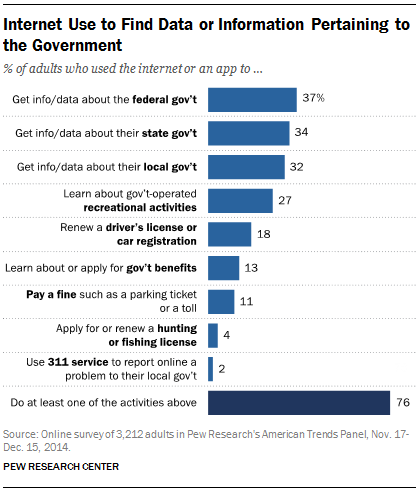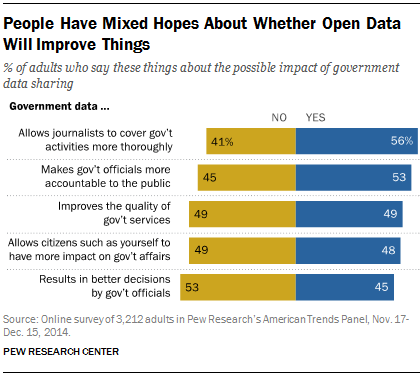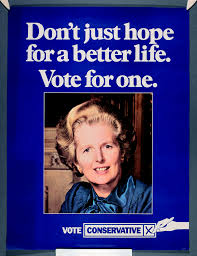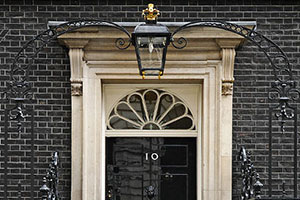
In March 2015 the World Justice Project published its analysis of government openness in 102 countries, as measured by its Open Government Index. You can read the report here and browse the data and interactive maps here. (See FreedomInfo.org article.) The project gives a fascinating overview of where open government stands globally and, as we drill down into the data, how difficult it is to measure.
The Index Report offers us some very interesting answers to some of the key questions that academics and advocates have been asking about openness. For example:
How Many People Have Sought to Access to Information between 2013-2015?
The rather amazing figure here is that 11% of those asked have sought information in some way. If extrapolated across the 90% of the population that would cover, by my very rough calculations, 63 million people. The report, of course, does not claim this number makes requests under a law: its definition of request covers an ask “in any way, including oral requests and written requests, for information held by a government agency [that] is not reasonably accessible to the public by other means, such as public notices or information published online.” However many this translates into, this clearly makes up a large group of people across the world seeking government information.
Who Knows it Exists (and Who Is Not Using It?)
The evidence here is equally as interesting. The users of ATI across the developed and developing world seems to be weighted towards well-educated men with a (relatively) high income (see page 25 of the report). Those excluded are, as you would guess, those lower down the socio-economic scale (though high income countries don’t always do better than middle ones-see page 20).
There are also some interesting indications as why use is so lopsided. Less than half of those surveyed (40%) are aware of the existence of legislation with a heavy skewing of awareness, again, to the top of income scales. This matches detailed research in India, where users of the Right to Information Act were found to be overwhelming male (over 90%) with few requests from poor or marginalised groups who were largely unaware of it.
What Do They Want?
It seems that 40% of all requests are personal and private with 18% by businesses and 8% from the media and NGOs (see page 37). This means that 4 in every 10 requests across the world are for personal or private matters – so access laws are, in some sense, a “micro-political” instrument about day-to-day issues. Business use, considered by some to be against the “spirit” of access laws, also makes up nearly 1 in 5 requests.
Interestingly only 10% are classed as “political.” The idea that so few are political may require some unpacking and it depends, of course, what you mean by “political.” Again looking at India, while 16% of RTI requests are overtly aimed at expressing grievances, the 2014 RTI study found that “many more are ‘disguised’ versions of the same thing.” Requests about a very local issue, whether a hole in the road or access to water, may be seen as implicitly or overtly political in different situations.
The report illustrates the difficulties of measuring openness (and I very much sympathize here – I wrote a paper on how tough it is). Even deciding if a country has an ATI law is harder than you would think. Interestingly, the study concludes that 73 countries have access to information laws – fewerthan others have counted, perhaps because some “laws” may actually be executive orders or legal codes and some are still stuck in legislatures. This sort of analysis can, in time, help us to understand the difference between fully functioning and “paper” laws.
Other definitions can also be tricky. The four measures it uses to look at openness conflates, quite rightly, access laws and more general pro-active openness. What about those countries pushing openness by other means, or that are working quite separately on the reactive and active parts, such as the UK? Transparency International concluded recently that the UK’s “open governance regime is stronger in practice than in law” and this may be tricky to catch in an Index.
Questions Raised
The report raises lots of very interesting questions.
For example, how do you class a “political” request? We suspect to most politicians most requests are “political” – ask Tony Blair – so there may be a perceptions gap between users and recipients. How many requests are being made? The numbers here are different from the less than 1 in 1000 people who ever make an FOI in the UK or India’s 2.3 million RTI requests in 2011-2012 (though what exactly constitutes an ATI differs from country to country). So, many more people are ‘searching’ than formally using laws-this may tell us much about the future potential of openness more generally.
The awareness map on page 37 also raises plenty of potential questions – how is it that Belarus and SAR Hong Kong have a far higher awareness of access to information, with 96% and 73% respectively of those asked hearing of it, than those asked in the UK (57%) and Mexico (45%)? This may be more due to the various surveys that were used and who answered, I suspect, rather than a sign that Belarus is a paragon of openness awareness. One particularly good thing the report does is to capture not only the existence of laws but also what it calls the “enabling environment,” whether there is a right to speak out or a free press (see page 23).
The project is a very large, very thorough piece of work and I’ve only scratched the surface here. There are plenty more fascinating questions buried inside-have a look yourself.





